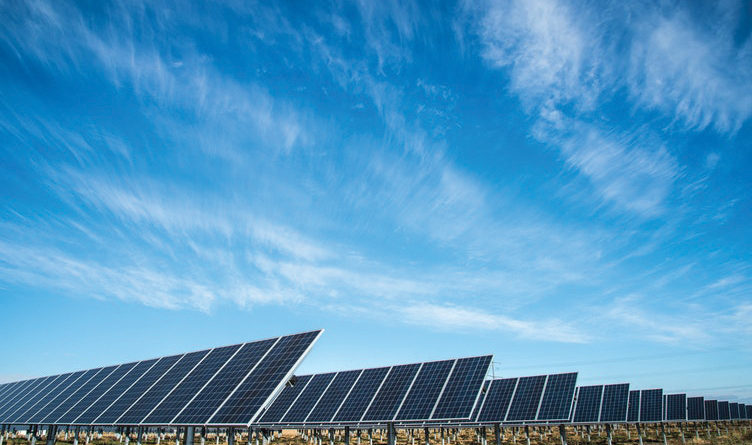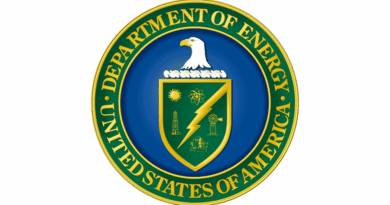Is the U.S. Slowly Transforming to a Less Energy-Intensive Future?
How will the U.S. continue to use energy?
According to UBS, U.S. carbon emissions have declined about 1.9% annually over the past five years, while total energy demand has only declined 0.4% annually over the same period. Increasing renewable energy development, increasing use of natural gas relative to other fossil fuels, and a focus on energy efficiency across the economy have driven much of the reduction in carbon emissions.
The US remains a signatory to the Paris Climate Accord and endorsed a focus on increasing nuclear energy investments at the recent COP28. The Inflation Reduction Act of 2022 (IRA) and the Infrastructure Investment and Jobs Act of 2021 (IIJA)—the two most significant US laws in the past five years in terms of energy—plan for a significant expansion in investments in renewables and other transition technologies like carbon capture, nuclear, hydrogen, and batteries. We expect some additional natural gas-fired electricity-generating capacity to be added to further phase out coal-fired capacity and maintain electricity reliability, in addition to meeting rising demand growth.
Though a lot of the focus on new legislation (IRA and IIJA) has been led by Democrats in Congress and the White House, we are not convinced a wholesale change in the laws is likely regardless of the outcome of the November 2024 election in the US. Though a new president could make some significant changes via executive order, we believe tax incentives are unlikely to change immediately. Tax policy is a key issue to keep in mind. Income tax reductions that were adopted in 2018 are schedule to expire in 2025, so if a new president wants to keep these income tax cuts or expand them, some legislative changes are possible. Though there is some possibility that future US presidents could slow the energy transition, we believe many US commercial and industrial energy users are committed to pursuing economic opportunities to increase renewable energy supplies and reduce the carbon intensity of commercial activities.
Key challenges we continue to see in the US are siting and permitting challenges for renewables and other energy infrastructure. Legislation to streamline permitting and siting energy infrastructure is possible in 2025, but by no means likely. Without easier permitting processes at the state and federal level, we believe the energy transition in the US could be slowed by regulatory processes.




